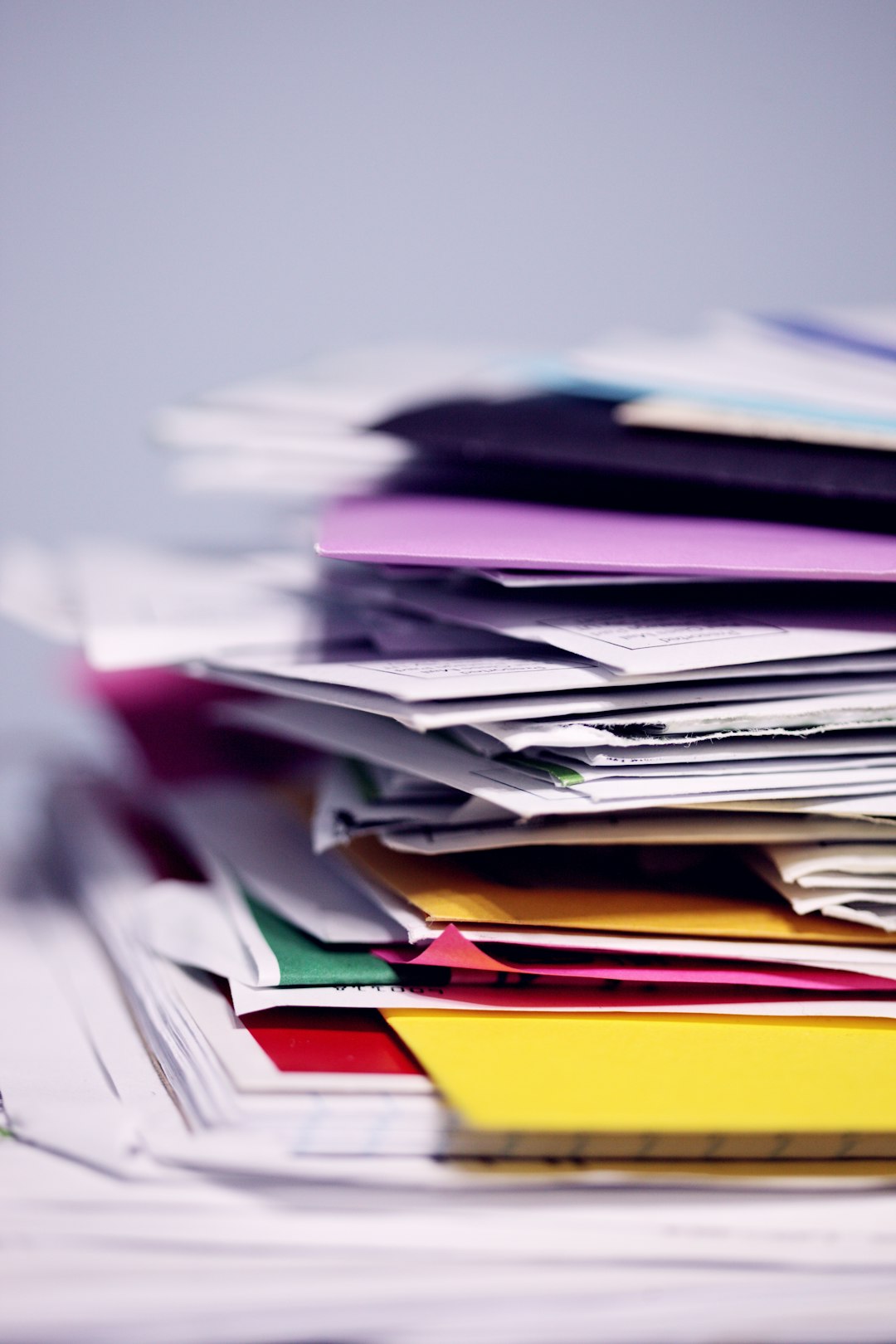How Do You Organize Files in on a Windows Computer?
Organizing files on a Windows computer is essential for staying productive and maintaining a clutter-free digital workspace. Whether you're a student, professional, or casual user, having a well-structured file system can save you time and frustration. Here are some tips on how to efficiently organize your files on a Windows computer.
Creating Folders
The first step in organizing your files is to create folders to categorize them. You can create folders for different types of files such as documents, images, videos, music, and more. To create a new folder, right-click on the desktop or within a file explorer window, select "New," and then "Folder."

Naming Conventions
It's important to establish a consistent naming convention for your files and folders. This will make it easier to locate specific items and maintain a sense of order. Consider using descriptive names that clearly indicate the contents of the file or folder. Avoid using special characters or spaces in the names to ensure compatibility across different platforms.
Organizing Subfolders
Within each main folder, you can create subfolders to further organize your files. For example, within the "Documents" folder, you can create subfolders for different projects, clients, or subjects. This hierarchical structure can help you quickly find the files you need.

Utilizing File Tags
Windows allows you to tag files with keywords to make them easier to search for later. You can add tags to files by right-clicking on them, selecting "Properties," and then navigating to the "Details" tab. By assigning relevant tags to your files, you can streamline the retrieval process.
Backup and Sync Solutions
Implementing a backup and sync solution is crucial for safeguarding your files and ensuring accessibility across devices. Services like OneDrive, Google Drive, or Dropbox allow you to store your files in the cloud and sync them across multiple devices. This not only provides a backup but also facilitates seamless access to your files from anywhere.
Regular Maintenance
Just like physical spaces, digital spaces require regular maintenance to remain organized. Take some time every month to review your files, delete unnecessary items, and reorganize as needed. This proactive approach will prevent your digital clutter from spiraling out of control.
Desktop Cleanup
Many users tend to clutter their desktop with files, making it difficult to find what they need. It's advisable to keep the desktop clean and use it only for temporary storage. Regularly move files from the desktop to appropriate folders to maintain a tidy workspace.

Search Functionality
If you have a vast number of files, utilizing the search functionality in Windows can be a lifesaver. You can quickly locate files by entering keywords in the search bar, and Windows will display relevant results from your file system.
By following these tips and maintaining a consistent approach, you can keep your files well-organized on your Windows computer, leading to increased productivity and reduced stress when navigating your digital environment.
